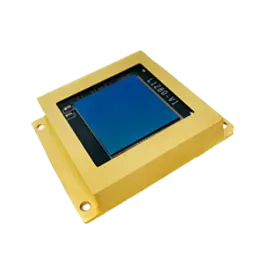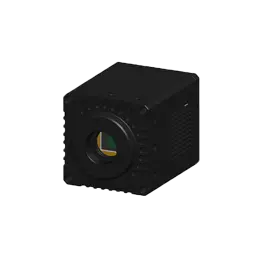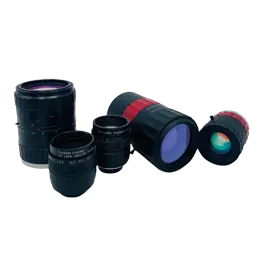InGaAs, short for Indium Gallium Arsenide, is a compound semiconductor material that has gained significant attention and utilization in various industries. It possesses unique properties that make it well-suited for applications requiring near-infrared (NIR) light detection and conversion. In this comprehensive guide, we will delve into the intricacies of InGaAs technology, its fundamental characteristics, and its wide-ranging applications.
InGaAs exhibits several key properties that make it a standout material in the field of semiconductor technology. It is particularly known for its ability to detect NIR light, which ranges from approximately 900 to 1700 nanometers in wavelength. This capability extends beyond the range of traditional silicon-based detectors, allowing InGaAs to capture and convert light that is invisible to the human eye into electrical signals for further analysis and processing.
Sensing and Imaging: InGaAs-based sensors and cameras find applications in a multitude of industries. They excel in night vision systems, security surveillance, spectroscopy, and medical imaging. InGaAs technology enables the detection of NIR light, enabling enhanced visibility in low-light conditions and the ability to penetrate fog, smoke, and haze.
Tele communications: InGaAs technology has revolutionized the telecommunications industry by enabling high-speed data transmission over optical fiber networks. InGaAs-based detectors extend the detection range to longer wavelengths, facilitating faster and more reliable data transfer, and contributing to the growth of global communication networks.
Scientific Research: InGaAs detectors have become an essential tool in scientific research, particularly in fields such as astronomy, environmental monitoring, and spectroscopy. They allow researchers to capture and analyze NIR light emitted by distant celestial bodies or absorbed by different materials, unveiling valuable insights into the composition and properties of the universe and our environment.
Over the years, advancements in InGaAs technology have paved the way for improved performance and expanded applications. Researchers and engineers continue to refine the fabrication processes, enhance sensitivity, and develop new device architectures to maximize the potential of InGaAs-based devices. This ongoing innovation holds the promise of further advancements in fields such as solar cells, quantum technologies, and advanced imaging systems.
While InGaAs technology offers numerous benefits, there are considerations and challenges to be aware of. Factors such as temperature sensitivity, dark current, and noise can impact the performance of InGaAs-based devices. Understanding these considerations and implementing appropriate mitigation techniques is crucial for optimizing the performance and reliability of InGaAs technology in various applications.
As technology continues to evolve, InGaAs remains a prominent player in the realm of NIR light detection and conversion. Its unique properties and versatility make it a vital component in numerous industries, driving innovation and pushing the boundaries of what is possible. With ongoing advancements and the exploration of new applications, the future of InGaAs technology holds immense potential for further discoveries and breakthroughs.
InGaAs technology has become a cornerstone in the fields of sensing, imaging, telecommunications, and scientific research. Its ability to detect and convert NIR light into electrical signals has revolutionized various industries and expanded our understanding of the world around us. By shedding light on InGaAs and its comprehensive guide, we hope to provide a deeper understanding of this remarkable technology and its broad range of applications. As we continue to unlock the potential of InGaAs, we embark on a journey of further exploration, innovation, and exciting possibilities.



